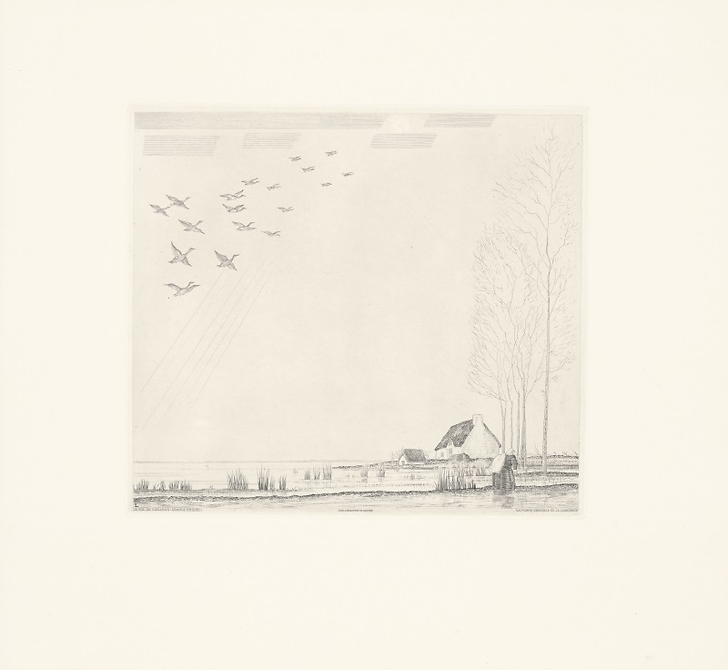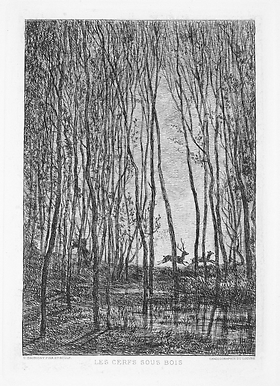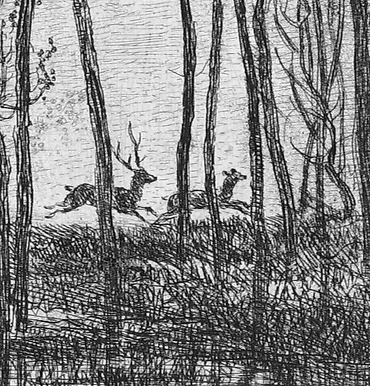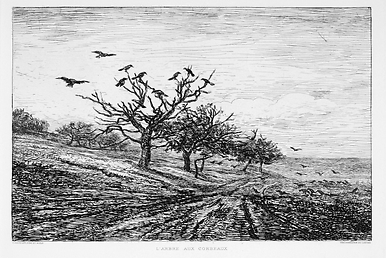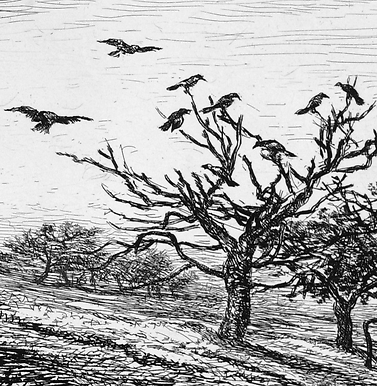Engraving The flight of ducks (Grande Brière) - Jean-Emile Laboureur
KM007151
Jean-Emile Laboureur left to study in Paris in 1895. Registered in law school, he preferred to frequent artists, notably the engraver Auguste Lepère, Toulouse-Lautrec, Guillaume Apollinaire, Marie Laurencin. He travelled to Germany, North America, Greece and Turkey. He settled in Paris in 1912. His drawing...
Read more
Jean-Emile Laboureur left to study in Paris in 1895. Registered in law school, he preferred to frequent artists, notably the engraver Auguste Lepère, Toulouse-Lautrec, Guillaume Apollinaire, Marie Laurencin. He travelled to Germany, North America, Greece and Turkey. He settled in Paris in 1912. His drawing is similar to cubism around 1912-1913. Mobilized in 1914, he nevertheless continued to create and drew inspiration from his experience for many subsequent works.
A ploughman experimented with the chisel technique for the illustration of Roger Allard's L'Appartement des jeunes filles in 1919. It is the first of a long series of 74 illustrated books. From 1926 to 1929, he illustrated André Maurois' Les Silences du colonel Bramble. In 1930, he illustrated extensively Les Contrerimes by Paul-Jean Toulet. During the inter-war period, in less than twenty years, he illustrated more than seventy books, not to mention the frontispieces. He also continues to create individual boards and organizes several exhibitions.
In 1923, he founded the group of independent Painters and Engravers. In 1929, he chaired the Independent French Art Committee. A member of several sections of the 1937 Universal Exhibition, he contributed in 1938 to the creation of the Comité national de la gravure française.
In addition to illustrated books and engravings, he created several frescoes, notably at the Maison du travail in 1937 and worked for the École nationale de la marine marchande de Paimpol with Jean Frélaut and Dubreuil.
Close
Login to see prices
Sold by GrandPalaisRmn

